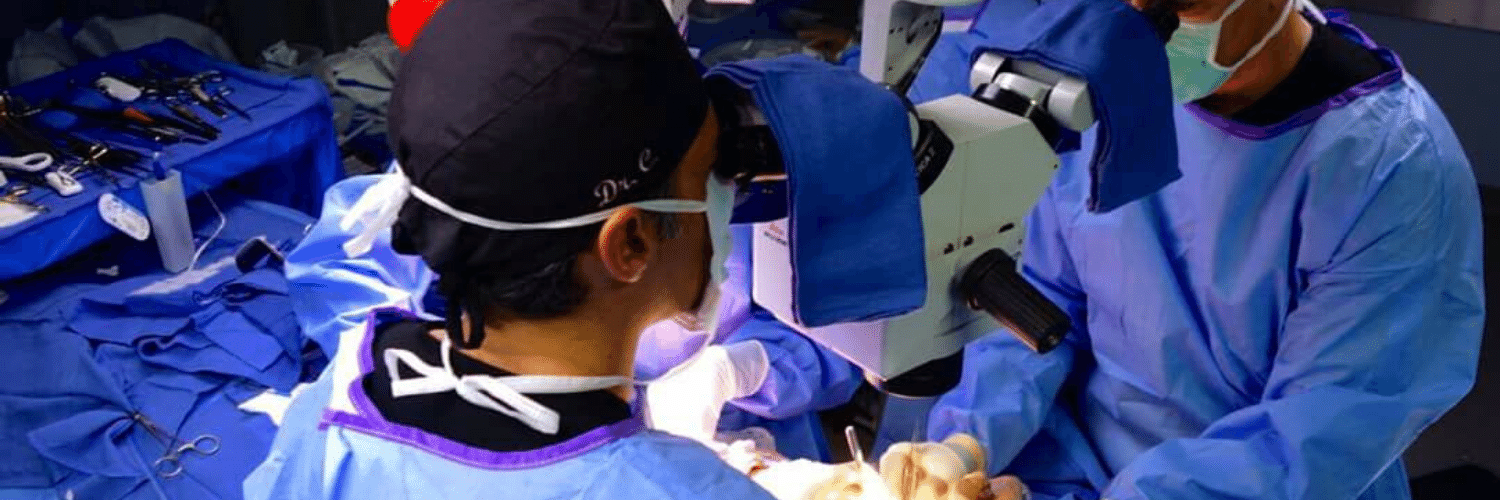
What are your breast reconstruction options after a failed DIEP flap procedure?
At PRMA Plastic Surgery, we believe the DIEP flap is today’s gold standard in breast reconstruction. There are also other great autologous (tissue) flap options available today giving patients options to use their own tissue to reconstruct a warm, soft, “natural” breast. The most advanced flap procedures involve microsurgery– this means the tissue is disconnected from one part of the patient’s body and transplanted to the chest to create the new breast.
Due to the expertise required to perform these procedures with a high success rate, it is important to make sure your surgeon is board-certified by the American Board of Plastic Surgery and has extensive experience in microsurgery. The most successful microsurgical practices performing surgeries like the DIEP flap boast success rates of 99% or higher.
All surgery has risks and unfortunately, for some patients things will not go according to plan. This can happen to anyone, even in the hands of the best doctors.
What problems can women experience specifically after “flap” breast reconstruction that can impact the final results?
Fat Necrosis
In about 10-15% of flap cases, some of the fat in the flap can turn hard and cause “lumps”. This is known as fat necrosis. Usually the areas involved are small and nothing needs to be done. Large areas of fat necrosis can cause a contour deformity and even pain. If conservative treatment fails, large areas of fat necrosis can be broken up, shaved down or removed depending the size of the area involved.
Problems Due to Radiation Therapy
Despite tolerating radiation much better than implants, flaps are also impacted by radiation. Radiation after a flap breast reconstruction can cause the reconstructed breast to shrink and become firmer. Unfortunately, this is a common scenario (in varying degrees of severity) and sometimes creates significant breast asymmetry. Patients facing radiation after flap breast reconstruction should know that there is a significant risk of needing further reconstructive surgery to correct changes and symmetry issues caused or exaggerated by the radiation therapy. Fat grafting can be a good option to “plump up” the breast after radiation, improve contour defects, and in some cases even help reverse some of the radiation changes and soften the breast.
Radiation before flap breast reconstruction can also cause breast symmetry issues. Many patients who have had “delayed reconstruction” (after the breast cancer treatment has been completed) often complain that the reconstructed breast is too flat and lacks shape. Recontouring the existing reconstruction along with fat grafting can help reshape the breast and add more projection to create a more cosmetic breast appearance.
Breast Asymmetry
No two breasts are alike, so slight differences between the two breasts will always exist. However, severe breast asymmetry can make finding well-fitting bras almost impossible and dramatically reduce quality of life if not corrected. As mentioned above, reconstructed breasts can be revised in a variety of ways to improve symmetry. A procedure on the other breast (eg lift, reduction) may also be needed to achieve the best overall results.
Donor Site Problems
The term “donor site” refers to the location the flap was removed from before being transferred to the chest to reconstruct the breast. For example, the DIEP flap donor site is the lower abdomen. Removing tissue from another part of the body creates additional scarring which most patients consider an acceptable trade-off for a “natural” breast reconstruction. Donor site complications include wound healing problems, ugly scarring, and in the case of the abdomen, bulging or even a hernia.
Partial or Complete Flap Failure
Unfortunately, flap reconstruction also comes with a very small risk of part or all of the flap dying due to an inadequate blood supply. Thankfully, in very experienced hands this is a rare event. When this does occur, the affected tissue has to be removed which can be devastating for the patient. In the vast majority of cases, further reconstructive surgery is an option.
What can be done?
Breast reconstruction is usually performed in stages and most patients need a revision surgery for “fine tuning” to achieve the best results. In some cases, more than one revision is required. Previous radiation or complications during the initial reconstruction increase the likelihood of needing more than one revision surgery for the best cosmetic results and symmetry. The extent of the revision procedure required depends on the severity of the deformity and can include fat grafting, breast reshaping, scar revision, recontouring of the donor site, or even further reconstructive procedures.
If you have experienced an unsatisfactory result after breast reconstruction, PRMA is here to help. Learn more about your options by filling out our free virtual consultation form today!
Author: Dr. Minas Chrysopoulo
Due to the expertise required to perform these procedures with a high success rate, it is important to make sure your surgeon is board-certified by the American Board of Plastic Surgery and has extensive experience in microsurgery. The most successful microsurgical practices performing surgeries like the DIEP flap boast success rates of 99% or higher.
Leave Comment
No Comments
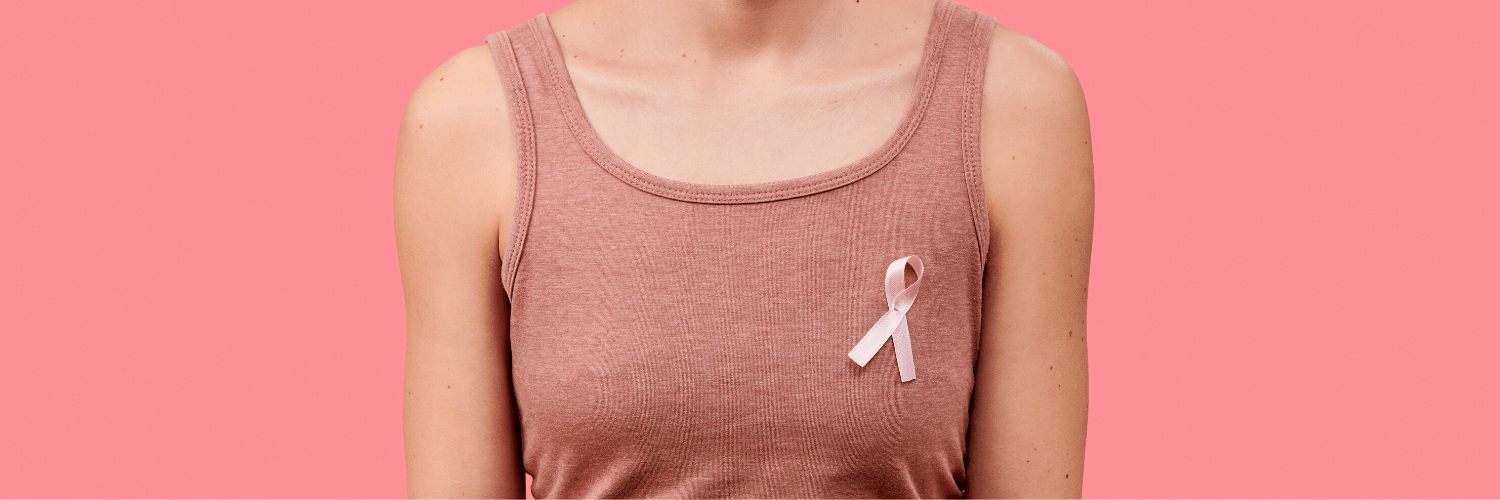
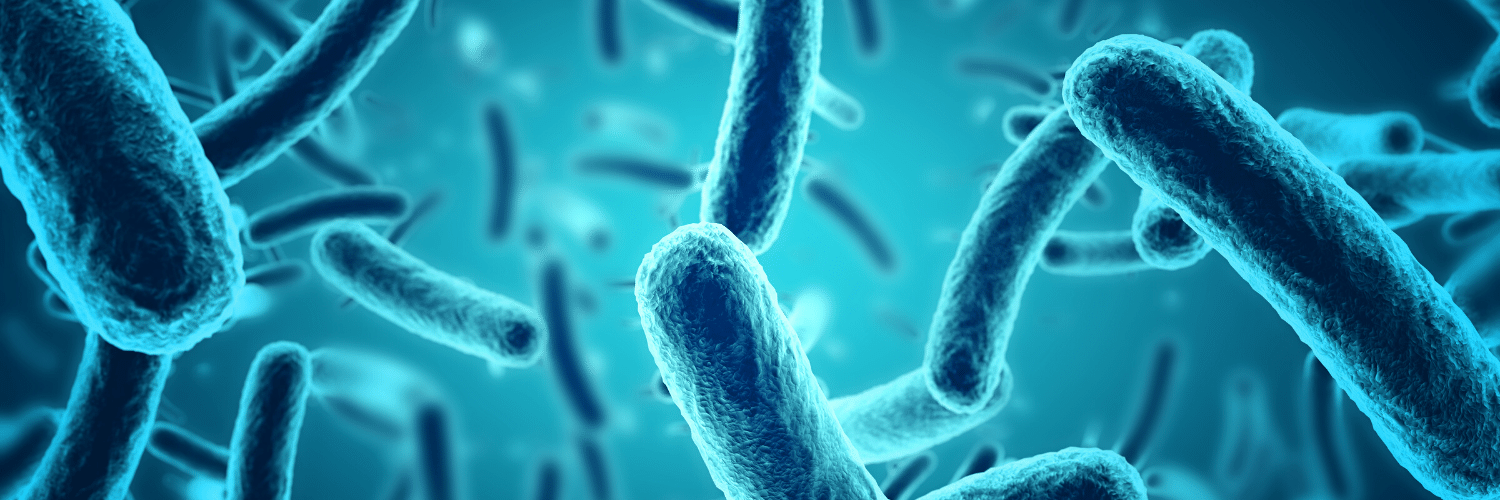
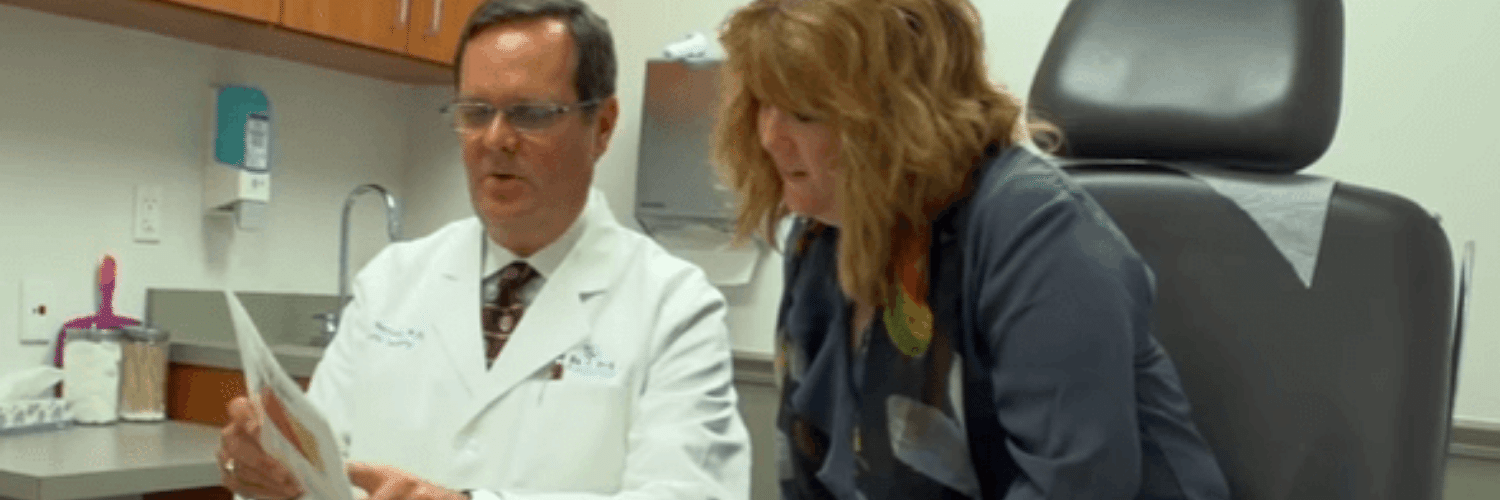


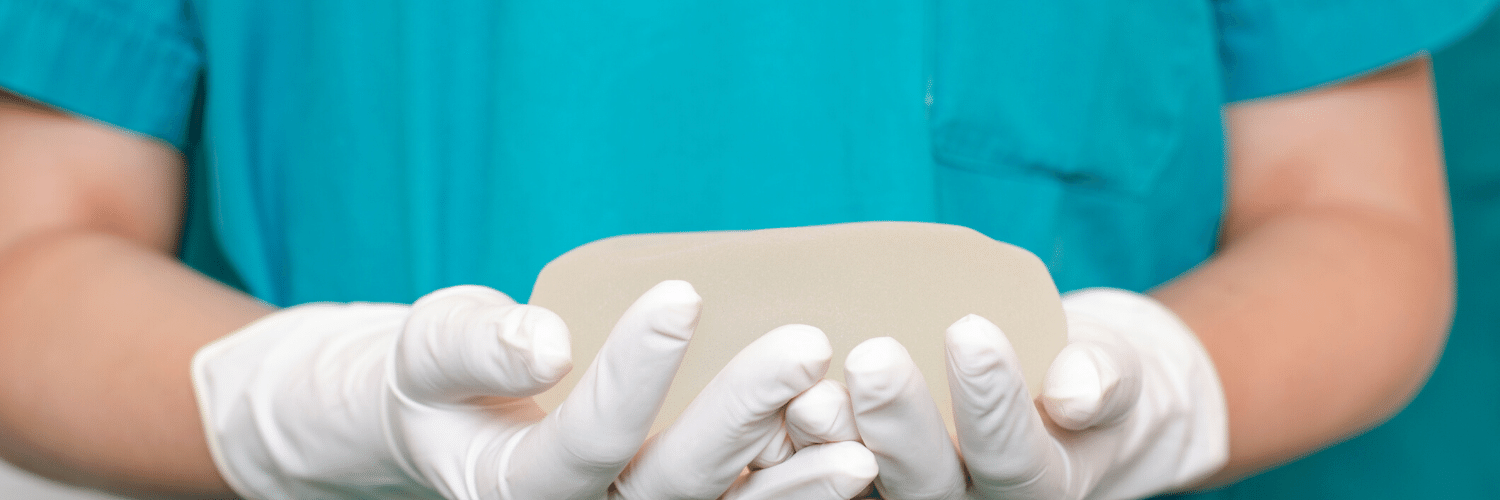


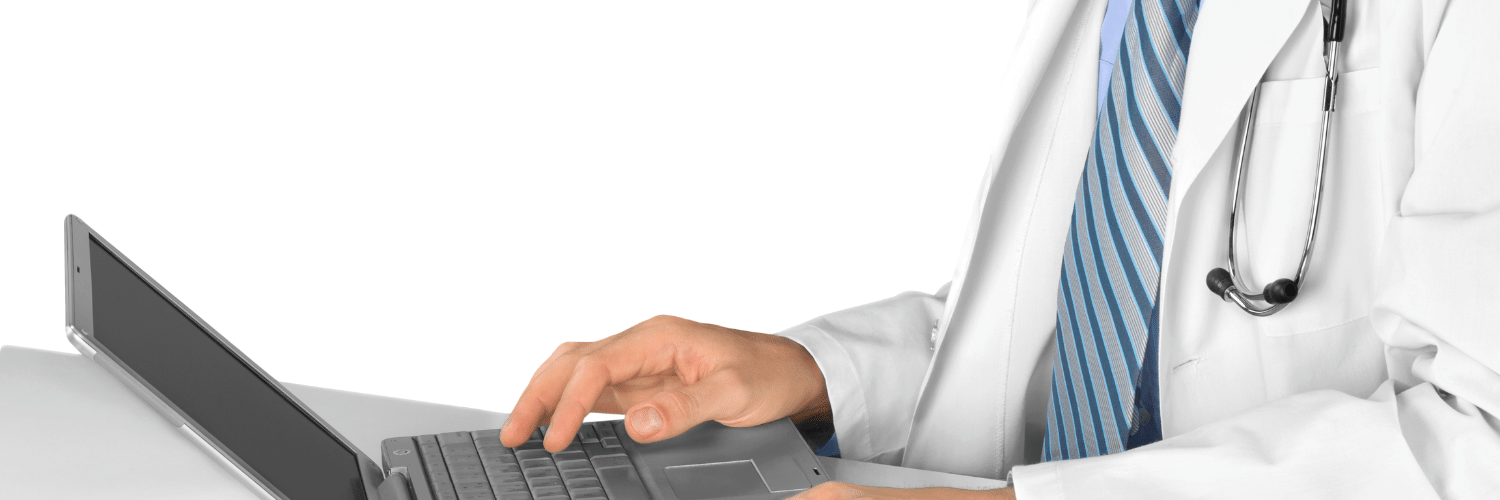
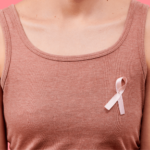

Lee Auger
I had breast cancer in both breasts in 2001. Had implants put in after 8 months. They started being very painful about 2 yrs ago. Decided to go with bilateral DIEP flap, however failed DIEP flap and pedicled tram flap surgery on my left breast (the right breast DIEP worked and is BEAUTIFUL – only about 15% of left breast flap is left and it is a hard knot about the size of my fist. Still healing though and after 11 weeks, still draining. Dr said if the flap is a total failure I will have to have an implant on left side. I saw where you said you can use outter thigh and buttock muscle. Can you also use inner thigh fat? I never had radiation. I have never smoked. Seldom drink. I am a very active 62 year old (swam 2 miles a week before my surgery, walk about 2 miles three or 4 times a week) originally had cancer in right breast stage 2b. Due to family history dr double mast. After surg pathology found cancer in left breast too. Modified radical on right b. Total simple masectomy on left. Always had a hard time finding veins even for ivs Had to go into foot twice and into neck once. Told veins are very small and deep. Usually roll and/or collapse. Doc said veins on left side were too small for DIEP. Does this mean even trying to use the thigh and buttock fat and muscle will/could fail?
PRMA Plastic Surgery
So sorry to hear you are going through all of this! It is difficult to provide any recommendations without an evaluation of your medical history and anatomy. We would be more than happy to review your needs and provide you with a second opinion. You are welcome to fill out our free virtual consultation form at https://prma-enhance.com/schedule-a-consultation/
Linda hoggan
Had diep surgery three months ago ,
Partial flap failure In one breast ,
Open wound a inch deep,
Breast is turning hard !
PS doesn’t seem worried wants me to wait till wound Heals by itself,,,
Could be months ,
Says he is having a problem getting operating time ????
So I have one breast too big
One breast with a open wound and getting smaller ,,,and my scar on stomach needs to be fixed ?
And the doctor tells me he could be moving away
Is this normal
PRMA Plastic Surgery
Hello Linda! We would suggest you seek a second opinion if possible if you are unhappy or unsure about your care. You are welcome to fill out our free virtual consultation form at https://prma-enhance.com/schedule-a-consultation/.
Once received, one of our surgeons can review your needs and provide you with their recommendations.
LaDonna Smith
I’m wondering if there is any situation where you would perform a reverse abdominoplasty where they take the flap from the upper abdomen using crease under breast for the incision?? I have more fat in my upper abdomen than my lower
PRMA Plastic Surgery
Good question LaDonna!
Unfortunately, the necessary blood vessels required to perform a successful abdominal tissue based reconstruction procedure are located in the lower abdomen. Transferring tissue from the upper abdomen would not be possible since there are no blood vessels available to transfer to the chest wall.
Patti Casey
On 7/13 I had DIEP flap reconstruction. On 7/31 the entire surgery was reversed and all tissue surgically removed from my chest and debrided. I am flat. The cause of tissue death was an autoimmune disorder (psoriatic arthritis) that has been studied by Rheumatology at Brigham and Women’s in Boston, MA. and determined to be a connective tissue disease. Given what Brighams docs told me I asked repeatedly if Rheumatology should be involved in the surgical plan but my plastics doc felt that was unnecessary. My body attacked my own transplanted tissue as if it were a foreign invader and killed the flaps in 5 days. Now, having said all that, are there any known made made implants safe for autoimmune patients? Can a boatload of immunosuppressants be used in a last ditch effort with a latissimus dorsi reconstruction?? Your thoughts would be greatly appreciated. Thank you.
PRMA Plastic Surgery
We are terribly sorry to learn about your reconstruction failure. It must be tremendously disheartening and unsettling to go through all this with so many questions still left unanswered.
Autoimmune diseases, like the one you are living with, are an area of medicine where our knowledge and understanding requires much progress. Flare ups or exacerbation of autoimmune processes have been known to be associated with multiple stimuli, such as prolonged surgery, new cancer diagnoses, and more recently, foreign antigens (i.e. silicone), to name a few. While the clinical studies are on-going, there is mounting evidence of an autoimmune origin to what would be considered “breast implant illness”. Since all breast implants (saline or silicone gel-filled) have a silicone shell, we are unaware of any type or brand of breast implants that would be completely inert minimizing or eliminating autoimmune reactions, especially in patients with severe-enough disease so as to cause flap failure such as in your case. Latissimus dorsi reconstruction is categorically different from a DIEP flap in that the blood vessels supplying the latissimus flap are not disconnected and re-attached like they are in DIEP flap. Because of this subtle but extremely important difference, latissimus flaps are much less risky compared to DIEPs. The added safety of the latissimus flap may preclude addition of a high dose of immunosuppressant which has inherent dangers. Ultimately, the next step in your care requires a multidisciplinary approach where your plastic surgeon and rheumatologist discuss the risks and benefits with you of various treatment plans moving forward.
JESUSITA PAREDES
Hey in 2015 I was test for BRCA and test positive for both 1-2 . My mom had breast cancer and so did my sister. At the time of my test I was around 43 or so but that was the same age as my mom and sister. I didnt wanted to go thru what they went thru so I decided to go and do dep flap . I didnt have cancer but I was trying to avoid having to go thru that. My surgery was a success. But my issue know is that I fell my breast are getting larger. I dont like them like that . My question is can I have them reduce with dis procedure I had done ? My doctor have money to another state that’s why i couldnt go back to the same hospital.
PRMA Plastic Surgery
Thanks for reaching out Jesusita!
Breast reduction surgery is possible after DIEP flap breast reconstruction. We would recommend scheduling a consultation with a local board-certified plastic surgeon who specializes in DIEP flap procedures to discuss your size reducing options.
Sylvia Morrison
I had a DIEP Flap done in Feb . The left side failed. I am now flat on the left. The right breast is very hard. I was told to return in Dec. To possibly use tissue from my back to correct the issue. I also have lymphedema on the left side. Do you hve any suggestions ? I also feel like my abdomen is larger on the left side for some reason
PRMA Plastic Surgery
We are sorry to hear you experienced a flap loss. The Latissimus flap (using the tissue from the back) may be a good option, but there are other flap options to consider as well. Flaps can be taken from the thigh and buttock area too. We would recommend seeking a second opinion. We would be more than happy to review your case and provide you with our surgical recommendations. If you are interested, you can fill out our virtual consultation form at https://prma-enhance.com/schedule-a-consultation/